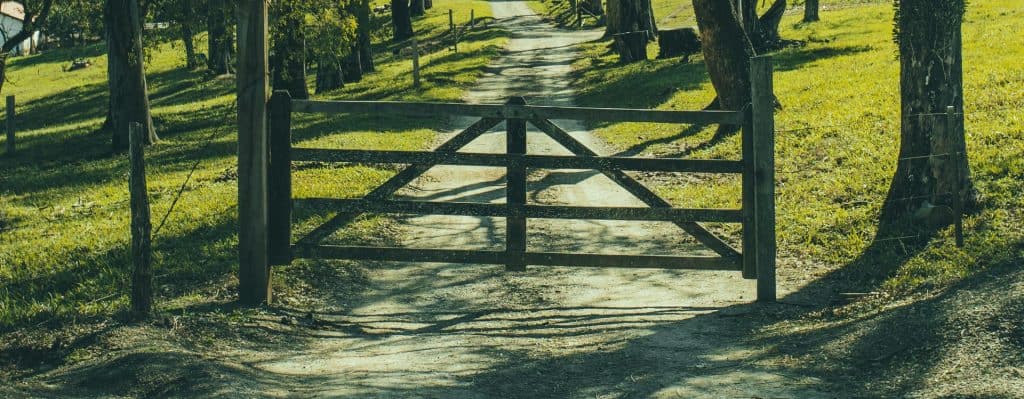
Shut the gate! Court orders £1 damages for interference with farmer’s right of way
Monday 10th April 2017
A farming company had a right of way over their neighbour’s land, which had been granted in the 1960s. After experiencing some access issues getting past 3 gates along the right of way between the road and the farm, the farmers took their neighbours to court to (i) stop the ‘interference’, (ii) determine where the boundary and right of way lay and (iii) claim over £100,000 of damages.
They argued that the right of way could not be used as conveniently as before, as a result of their current neighbours, or their predecessors’, installation of 3 gates. But the court in Kingsgate Development Projects Ltd v Jordan and another ([2017] EWCH 343 TCC), confirmed that the test is whether or not the gates caused a “substantial interference”, which not all of them did.
Whilst the presence of an unlocked gate is an interference, it is not necessarily a substantial interference with a right of way – an electronic gate, only operable with a fob or code however almost always is.
- The first gate
The famers argued that a gate at the road entrance to the path was too narrow and vehicles could not turn safely off the road onto the right of way. The neighbours accepted that the electronic gate did narrow the original right of way; however any vehicle which could pass through the narrowest part of the right of way could pass through the gate, so the width of the gate did not matter.
As this gate was unlocked, only requiring the press of a button and was easier to open than a manual gate, it did not cause a substantial interference.
- The third gate
The gate onto the farmland had already been removed by the farmers by the time of the court case, but they still argued that it had restricted access. Because the gate had not been locked, it acted to separate farmland from domestic property, and had not been complained of until it was brought up in the current dispute, it was not considered to be a substantial interference.
The neighbours counter claimed losses from the farmers who had removed their gate and were awarded £300 being the costs of a replacement.
- The middle gate
The current neighbours installed a gate in between the original two. It was not locked, but which was the third in less than 100m and was without any real justification. As such, it was substantially interfering with the right of way.
Although the farmers got an injunction for the middle gate to be removed, they had not provided evidence to establish any of their losses and therefore were only granted nominal damages of £1.
The case throws up some interesting issues which all landowners should be alive to when considering securing and managing their land if there is a right of way over it. It should always be carefully considered what the purpose of a gate is and how it will affect lawful access to the land or you could be required to remove it and compensate any losses.
For more information, please do not hesitate to contact Samantha Bell at Gordons LLP.
